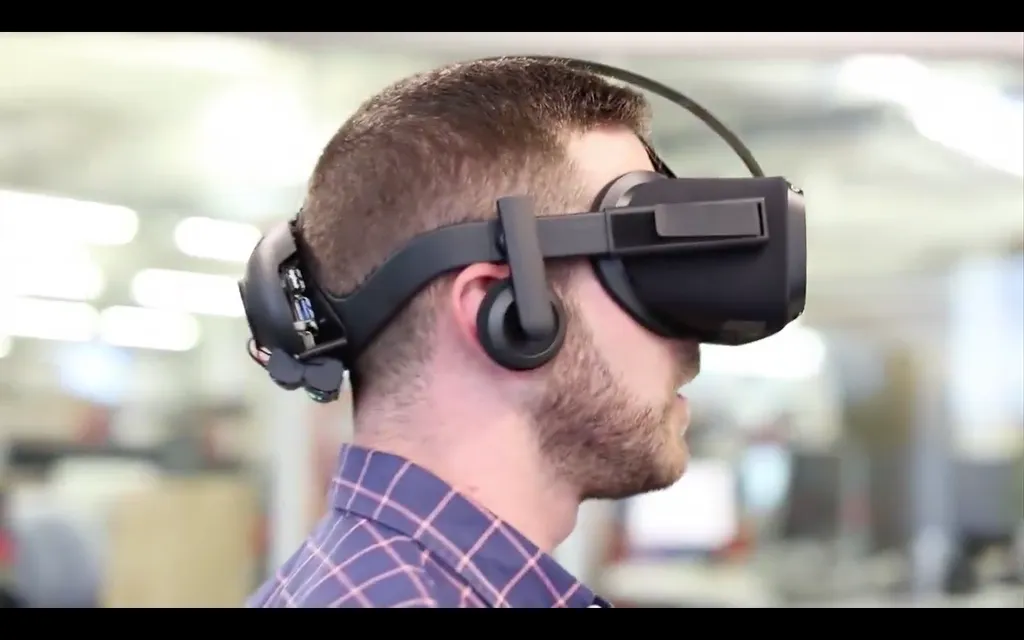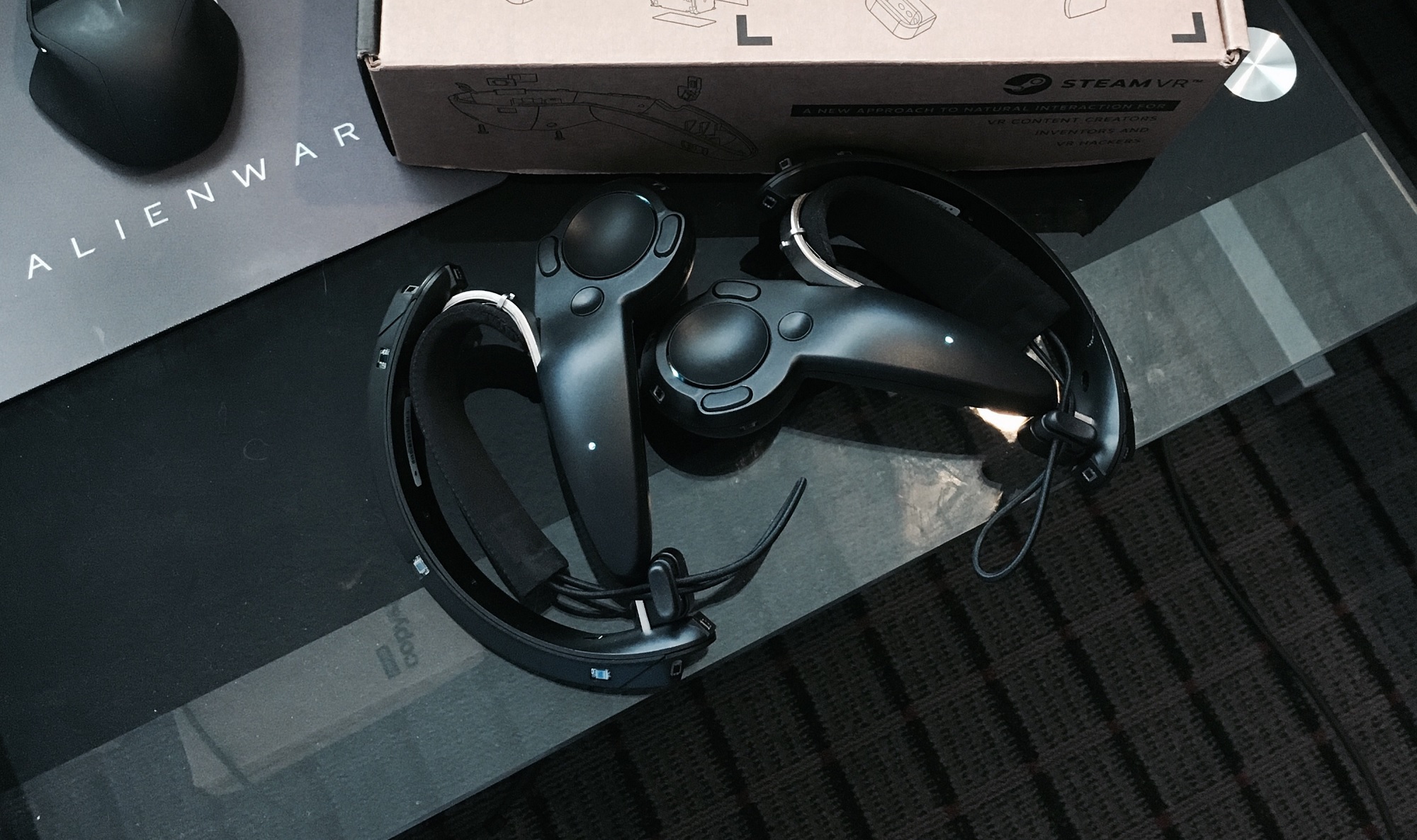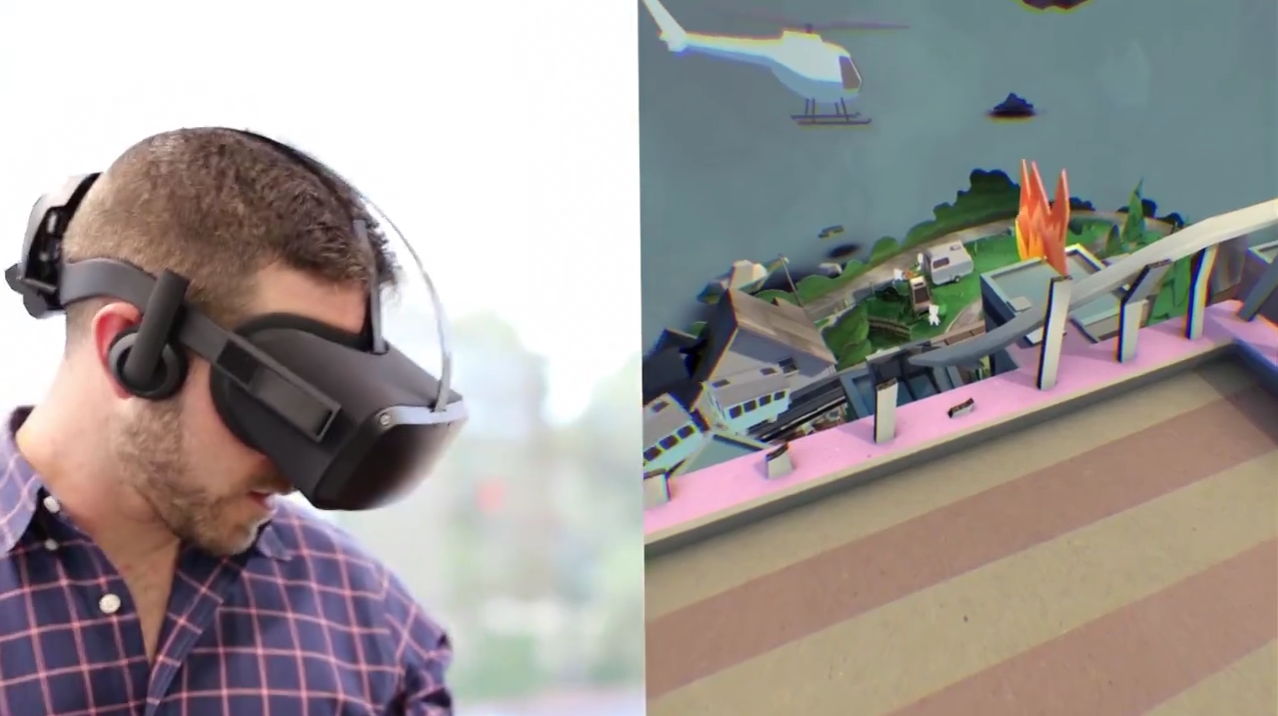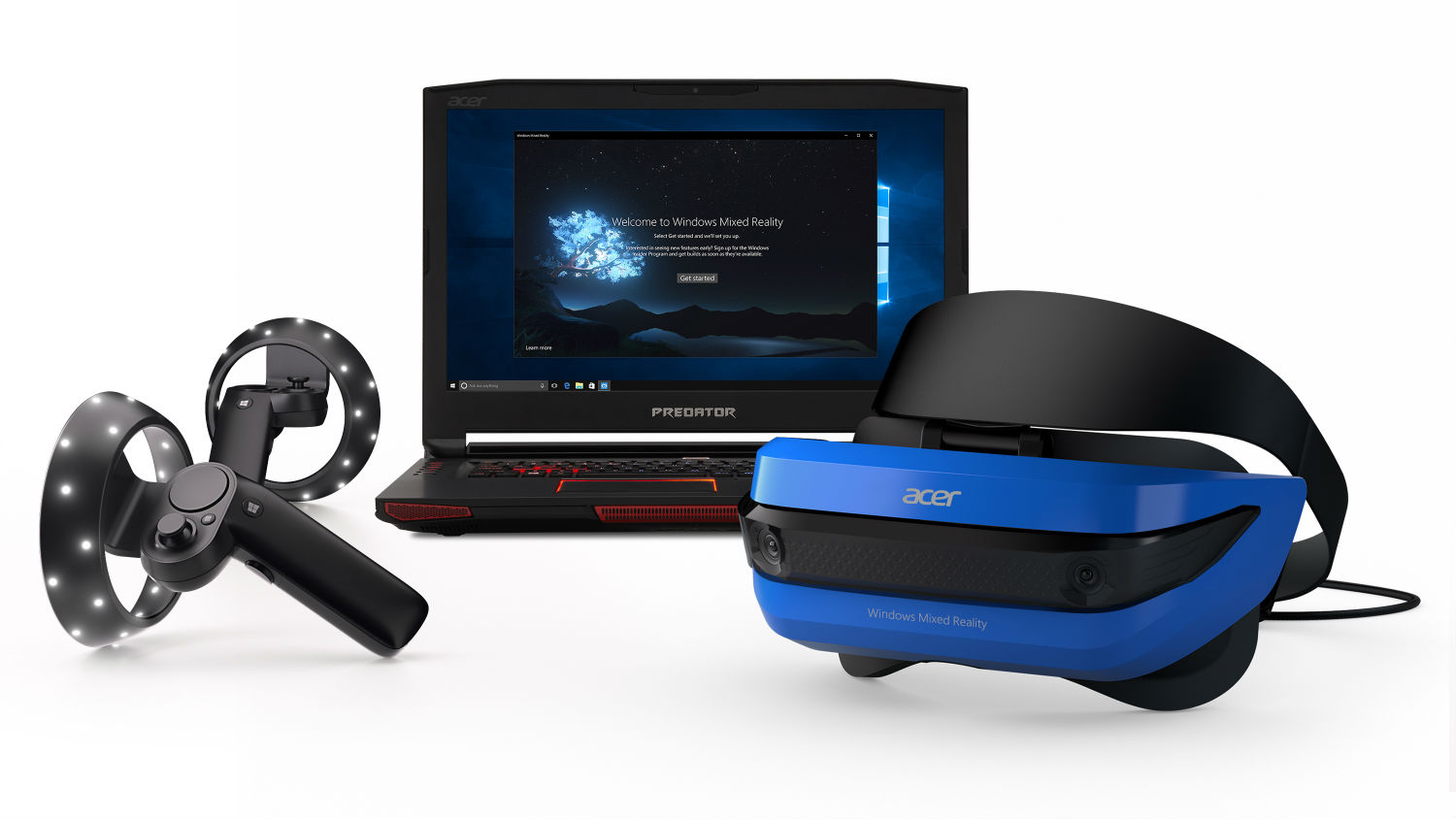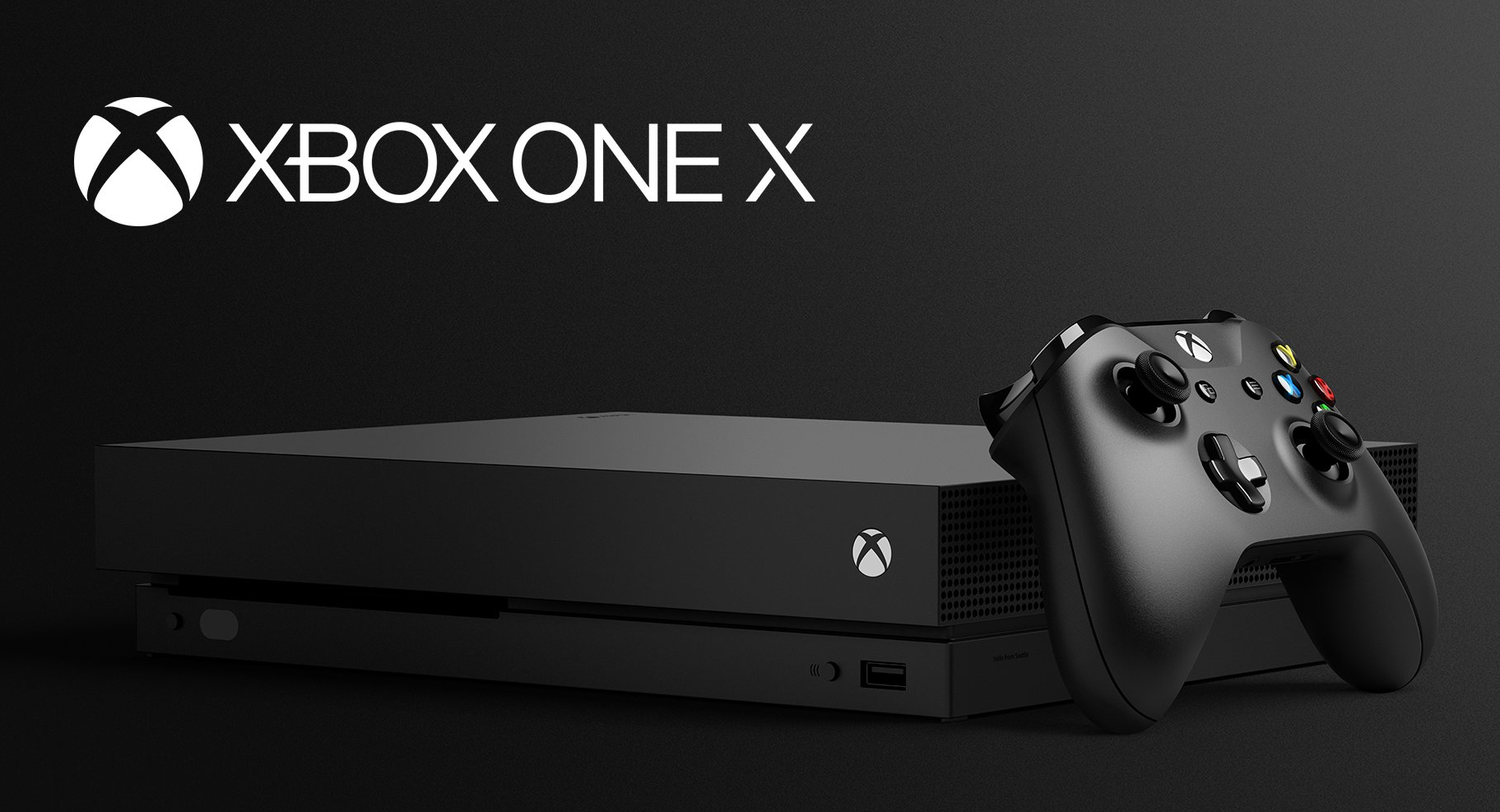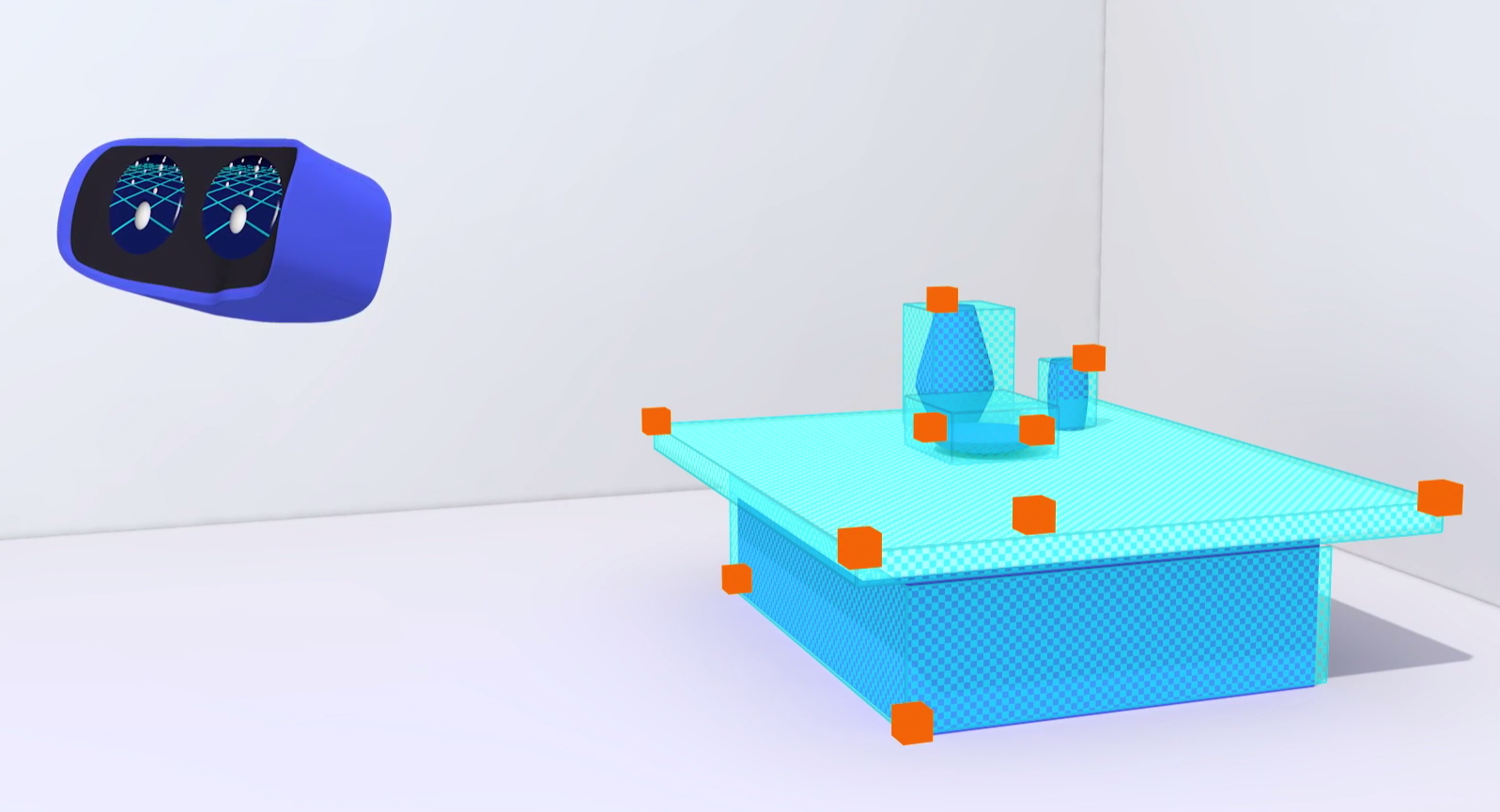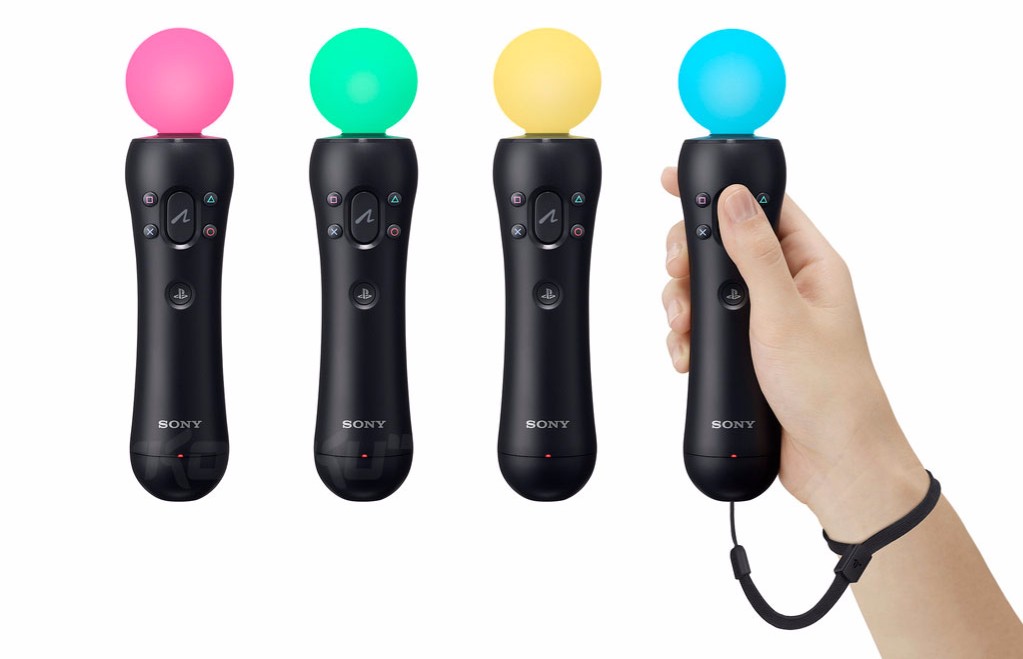Editor’s Note: This article was originally published on July 24th, 2017 and has been republished today to continue the conversation. What are your burning questions for the VR industry the rest of this year?
We’re just over halfway through 2017, and it’s been a rollercoaster for VR. We’ve seen headsets surpass a million in sales while others have had their prices slashed and new peripherals have been released. But while we’re entering an exciting time to be a VR consumer, we constantly find ourselves asking that one vital question: what’s next?
When it comes to VR, we all know that’s a loaded question. So we’ve broken our thoughts down into seven main questions on our minds about the near-future. Every major company working in VR right now has some big mysteries surrounding them. If we were to get two minutes with each of their leaders, this is what we’d ask them.
When is SteamVR 2.0 coming and what does it entail?
The first version of Valve’s SteamVR platform provided us with superior 360 degree room-scale tracking and position-tracked hand input at the hefty price of $799 via HTC’s Vive. Recently, though, Valve has begun charting the path to SteamVR 2.0 with quick looks at in-development upgrades, like new base stations that are smaller, cheaper, and may offer an improved experience. There’s also the enticing new Knuckles controllers, which selected developers are currently teasing us about.
SteamVR 2.0 looks plenty promising, but we still have a lot of questions about it. Is the Vive set to fall behind with these newer components? Will Valve release content showcasing the multi-base station setups it’s been touting? What we’re most eager to find out, though, is when and where we’ll see these updates rolled out. Will we be buying Knuckles controllers through Steam directly or will they be packaged with LG’s upcoming SteamVR headset? Hopefully we’ll find out in the coming months.
Will HTC cut Vive’s price?
One of the most interesting VR narratives of 2017 so far has been the pricing strategy of Facebook’s Rift. Entering the year with the same staggering price of $698 for the headset and Touch controllers, that bundle dropped to $599 in March. Now the pair is on sale for an amazing $399, and will be priced at $499 once the promotion ends. It’s been quite the rollercoaster for Rift and has led many to question just how well it’s selling. But regardless of context, these moves put a heck of a lot of pressure on HTC’s Vive.
The Vive has always held the highest price point of any VR headset so far in this race; $799 for a premium VR experience with everything you need for room-scale bar the PC. With the previous $100 gap between Vive and the Rift with Touch (which was even smaller if you picked up a third $69 Rift sensor for 360 tracking), you could easily make the case for getting HTC’s headset over Facebook’s. That argument is much tougher now, though, and we think HTC needs to respond. The company has been quiet since the cut was announced, though. Can we expect a cut in the near future?
What’s the latest on Oculus’ standalone headset(s)?
Facebook and Oculus are insistent that 2017 is all about content; we won’t see any new hardware released in the remaining five months of the year. But that doesn’t mean we shouldn’t expect any demos of future devices in prototype form. It’s been nearly a year now since Oculus debuted its prototype standalone device, Santa Cruz, at Oculus Connect 3. Since then standalone VR has moved even closer to reality; Google is releasing a line of WorldSense devices with partners like HTC Vive later this year.
We’re fully expecting an update on standalone VR at Oculus Connect 4 in October, then. Interestingly, a report surfaced earlier this month suggesting that the company might be making not one but two all-in-one devices right now. According to the report, Santa Cruz will be the higher-end of the two, emulating Rift-style experiences and releasing later down the line. The other device is said to be a $200 kit that might be much closer to something like the Gear VR. We’re not sure how much of that is true, but we’ll be eager to find out at Connect.
Are Microsoft’s Mixed Reality headsets any good?
Microsoft seems like the wild card in VR right now. Later this year the company is releasing five Windows 10 Mixed Reality VR headsets with partners like Acer and Dell. All of these devices will sport the inside-out positional tracking seen on HoloLens, meaning they won’t need external sensors like on Rift and Vive to track your position in a virtual world. They’ll also run on Windows 10 without the need for external apps like Steam or Oculus Home. They will, however, be ranging in price, features and components, starting at $299 for Acer’s entry.
There’s a lot about Microsoft’s approach to VR that sounds too good to be true. Inside-out tracking on PCs that it claims are less powerful than the minimum spec needed for Rift and Vive seems like a dream, but some developers with early units say it’s true. Our most recent hands-on suggests it offers a good experience, too. We can’t speak to the final quality of any of these devices, however, nor how they’ll working with the six degrees of freedom (6DOF) controllers companies are building for them with Microsoft’s reference design. If these headsets hold up it could help usher in mainstream VR. If not, it could be disasterous. This is one of the most important questions of 2017.
Where is Xbox One X’s VR support?
Sticking with Microsoft, there’s still much to learn about its refreshed Xbox console, Xbox One X. Revealed in full at E3, we know the console delivers 4K graphics for traditional games, but the promised VR support — first mentioned at E3 2016 — is nowhere to be seen right now. Microsoft’s messaging around that support has been somewhat mixed, but we’re hoping we’ll eventually see a VR headset for the console in 2018.
Right now, Microsoft is hinting that console VR should be a wireless solution, so it’s a good bet that whatever it’s working on will be an untethered device that streams from the console. Just how the company plans to achieve this without issue remains to be seen, but if they can pull it off then Xbox One X’s VR solution could be a big step up from Sony’s wired PlayStation VR (PSVR) headset.
What role will Google’s WorldSense headsets play?
Google’s Daydream mobile VR ecosystem hasn’t quite made the impact we were expecting it to make one year on from its reveal. Though Google promised a range of compatible headsets, only its so-so Daydream View device has released so far, though other manufacturers have come to its support with phones that run the Daydream app. We were expecting more from Daydream, though, especially considering Google is about to make another big push for the platform with its WorldSense headsets.
This is a series of new standalone devices running Daydream and made by partners like HTC and Lenovo. They offered 6DOF positional tracking, though we haven’t seen them used for room-scale experiences. Indeed, Daydream is populated with games that were designed for 3DOF headsets like View, and apps are controlled with a 3DOF motion controller, so room-scale doesn’t seem to have a place on the platform. We wonder, then, what purpose these devices really serve, and what type of customer will take interest in them when they launch later this year.
Will PlayStation VR solve its input issues?
Sony’s PSVR might well be winning the content war for VR headsets, with big releases like Skyrim VR, Doom VFR and more on the way this year. While we’ve seen developers like Vertigo Games and the Superhot Team prove that high-quality ports of PC VR games can happen with noticeable but acceptable performance drops, we do find these games constantly clashing with the lackluster PlayStation Move controllers that can only replicate part of the Oculus Touch and Vive wand experience.
If PSVR is going to keep up with the competition then we’d really like to see some controllers that addressed its input issues. Its PlayStation Aim controller is a good first step towards righting that wrong for the FPS genre, but it’s not suited to the swords and spells of Skyrim, for example. We’d love to get a refreshed set of Move controllers with analogue sticks, for example, perhaps with some other hardware revisions that may improve the dreaded drifting.

